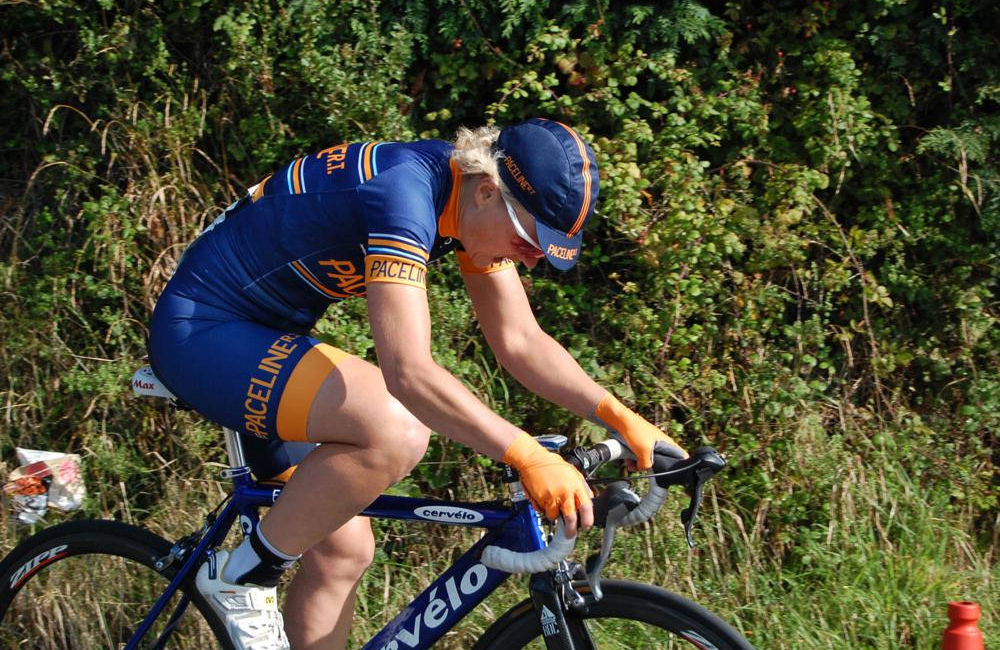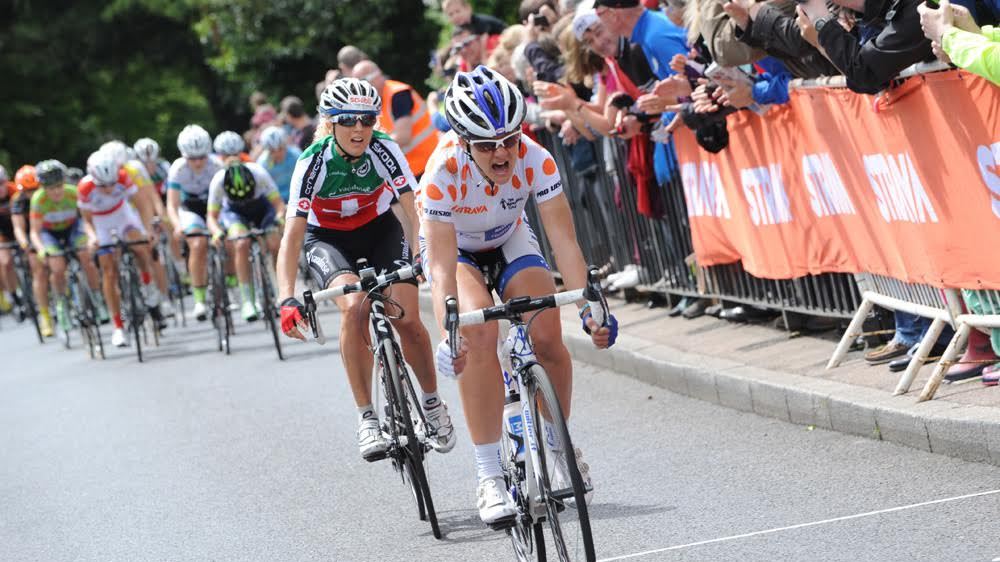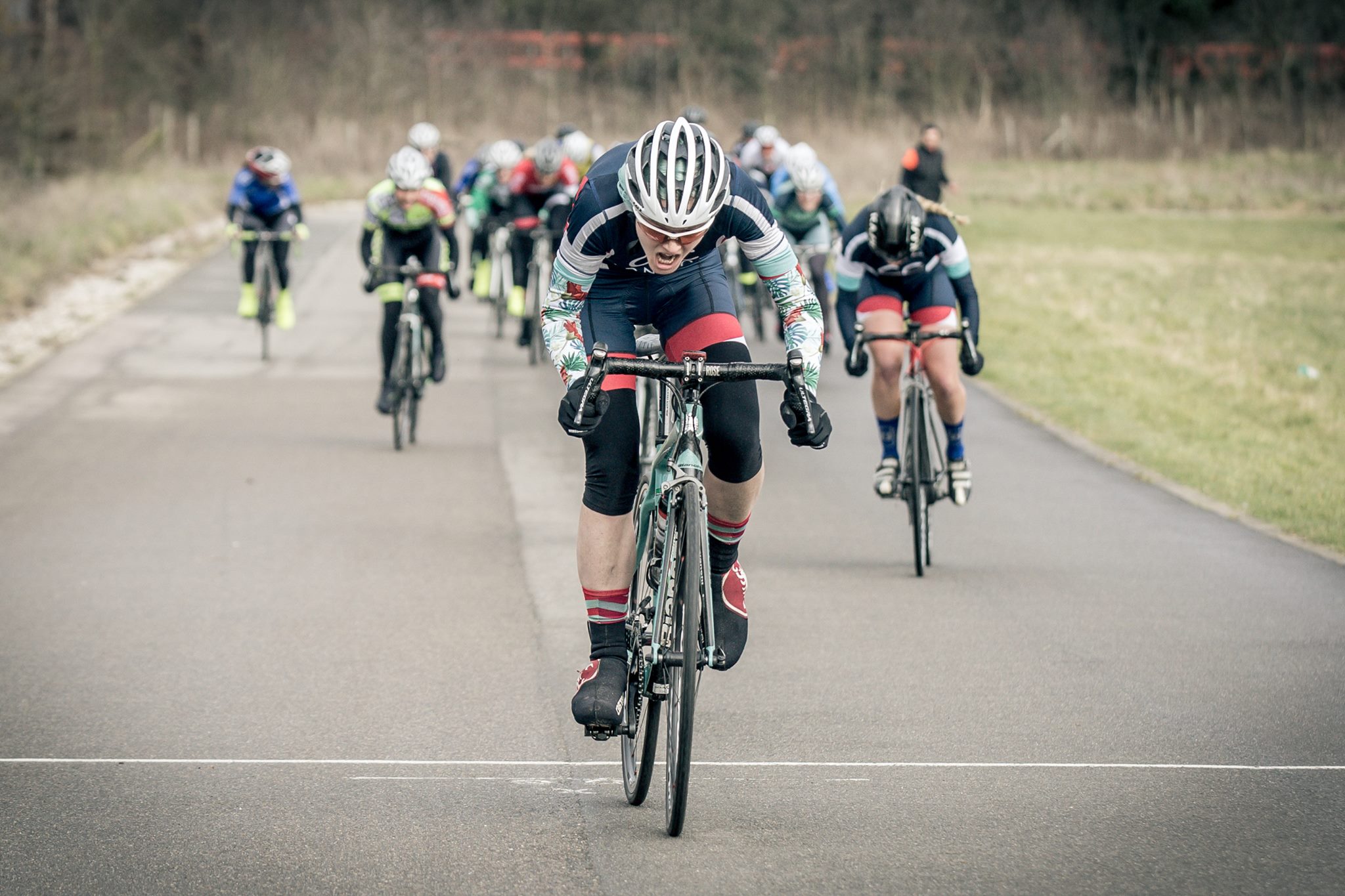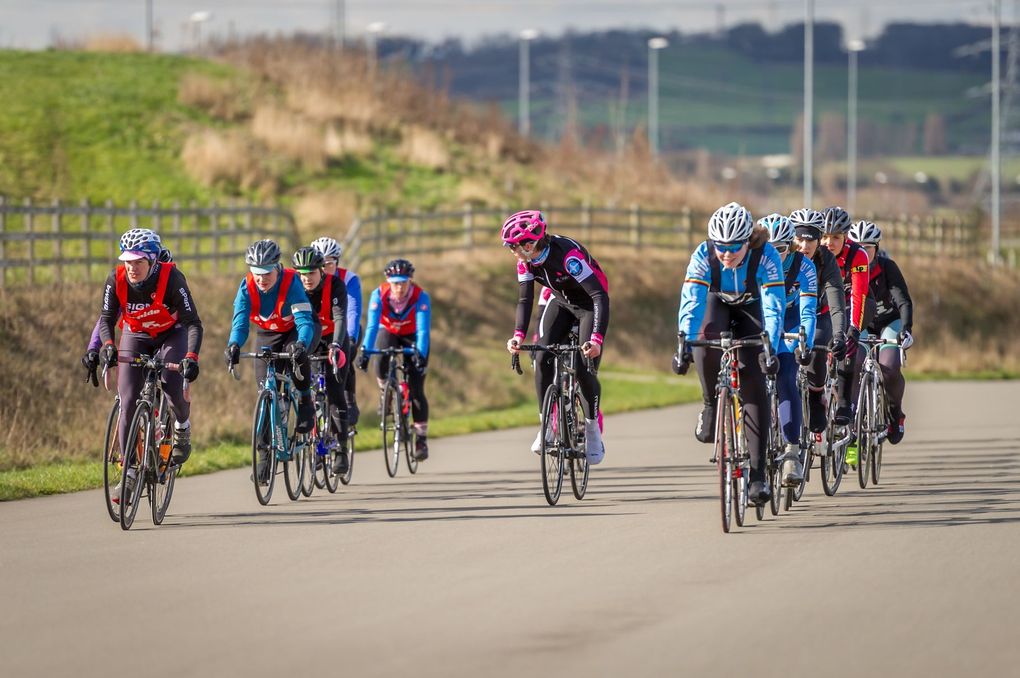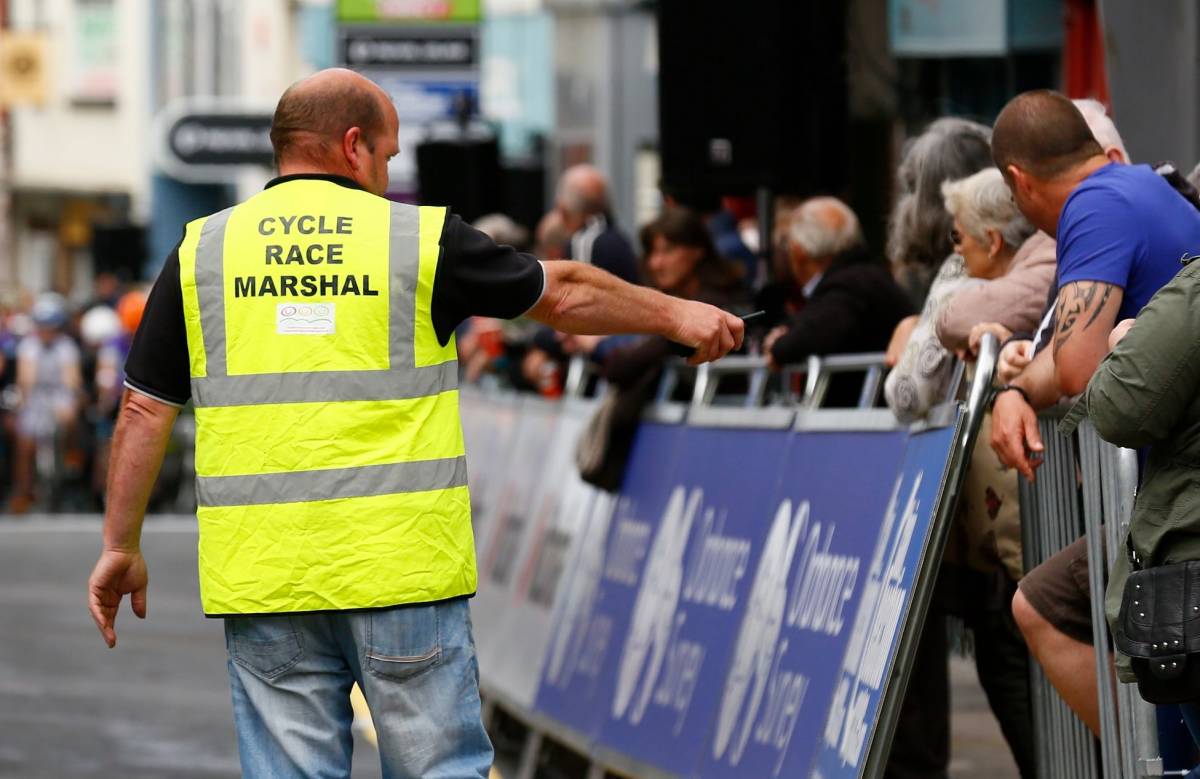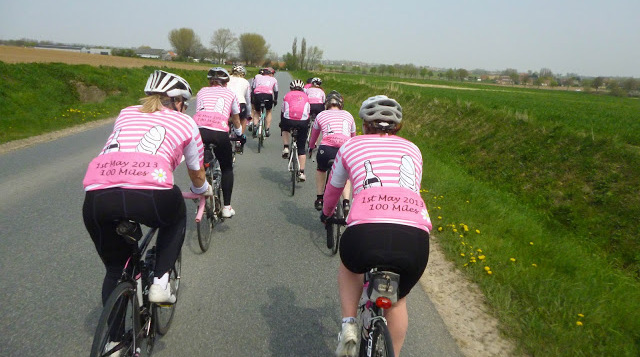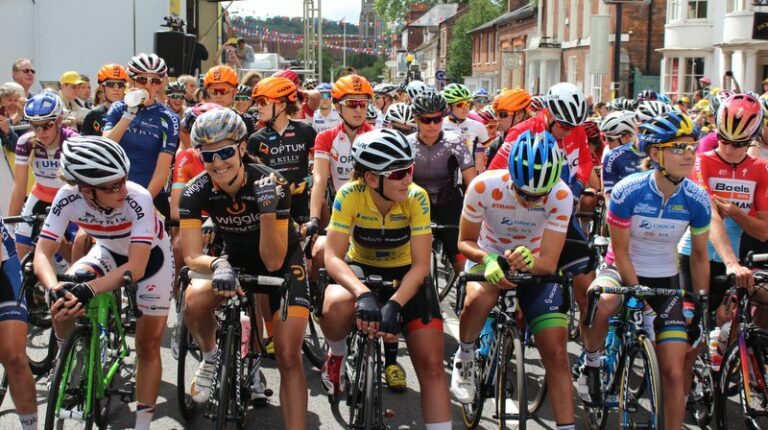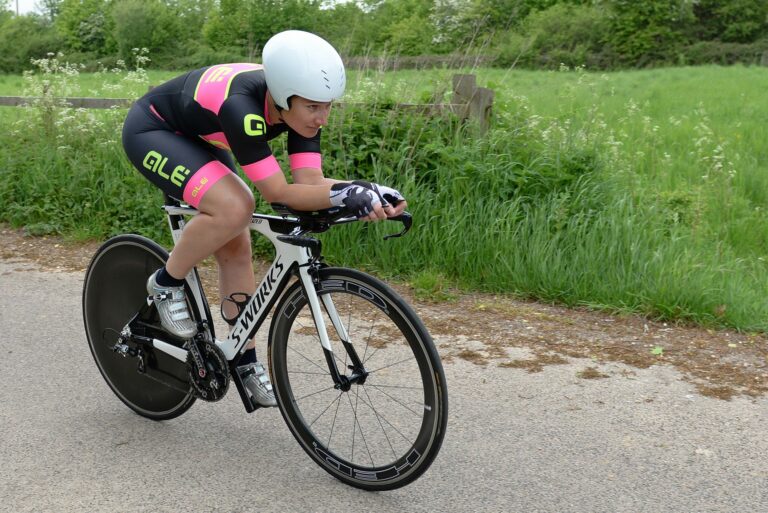Cycling clubs are the backbone of grassroots cycling. A home for beginner cyclists and intermediate riders, right through to racers earning their stripes: the purpose of a cycling club has always been to help its members grow, progress and support the sport.
Despite their important role, many clubs have experienced a change in culture in recent years. Culture of any sort is a constantly evolving beast, so this shouldn’t come as a shock – but the nature of the mutation is undoubtedly causing discomfort among the ranks. Some cycling clubs are fragmenting; others are forming, whilst sadly some are slowly declining.
We’ve explored the changes, to find out why racers in many established organisations are moving away to form their own smaller groups, and what it is that makes a successful and multicultural cycling club.
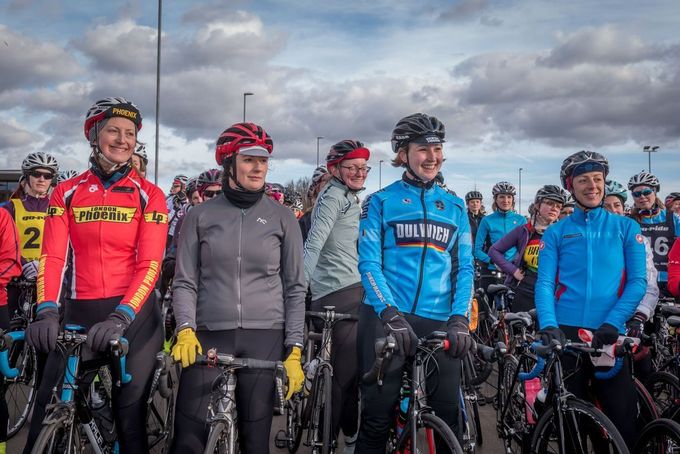
Sportives vs Racers
Chairman at Redhill Cycling Club, Adrian Webb has seen the decisive change happening over recent years. Describing the process, he said: “With Redhill when I first became chairman, I [as a moderate pace rider] would be going on rides with some of the best racers, as well as someone who was 70-years-old. The racers would take their pace down for that ride, and then put themselves through their paces during structured training and races. Those sorts of groups were high etiquette, very sociable, very manageable, and there was a sort of integrity and respect. Then there was a sudden surge in membership. Those people didn’t have the same etiquette, and as a result riders weren’t learning from the best any more.”
“When I first became chairman, I [as a moderate pace rider] would be going on rides with some of the best racers, as well as someone who was 70-years-old.”
Explaining the current situation, which is far from limited to Redhill and something that’s happening at a large number of established clubs, he said: “The response of the ‘top end’ of the club to the bulge in the middle – that doesn’t carry through the ethics of an old fashioned club – has been to move on. And now it’s hard for the club to improve because there’s no formative role models.”
One ‘break-off’ club, formed by members from established clubs across Surrey and outer London, is Paceline-RT. Co-founder Gareth Thomas explained the mentality behind forming the new club which emerged in 2015, saying: “There was such an influx post-2012 Olympics in the ‘cycling-boom’ that clubs had a high turnover of members who would stay for 1 year, or use clubs as a short-term fix to train for sportives or Gran Fondos. A lot of the newer cyclists had varying range of fitnesses, but commonly lacked the group skills that they would otherwise have learned from the more experienced club members. The result was that the racing minority or more experienced riders had became, or felt, alienated.”
National Hill Climb, Masters Crit and Road Race champion Maryka Sennema was involved in the launch of the club and agreed: “We had 8 founders and all of us came from established large clubs who were dealing with a big change in demographic of their membership, not to mention huge and unchecked growth.”
Their goal as a club now is to continue to grow, drawing in racers and non-racers keen to be a part of a community, with a special focus on attracting more women.
“There was such an influx post-2012 Olympics… that clubs had a high turnover of members. The racing minority riders had became, or felt, alienated.”


